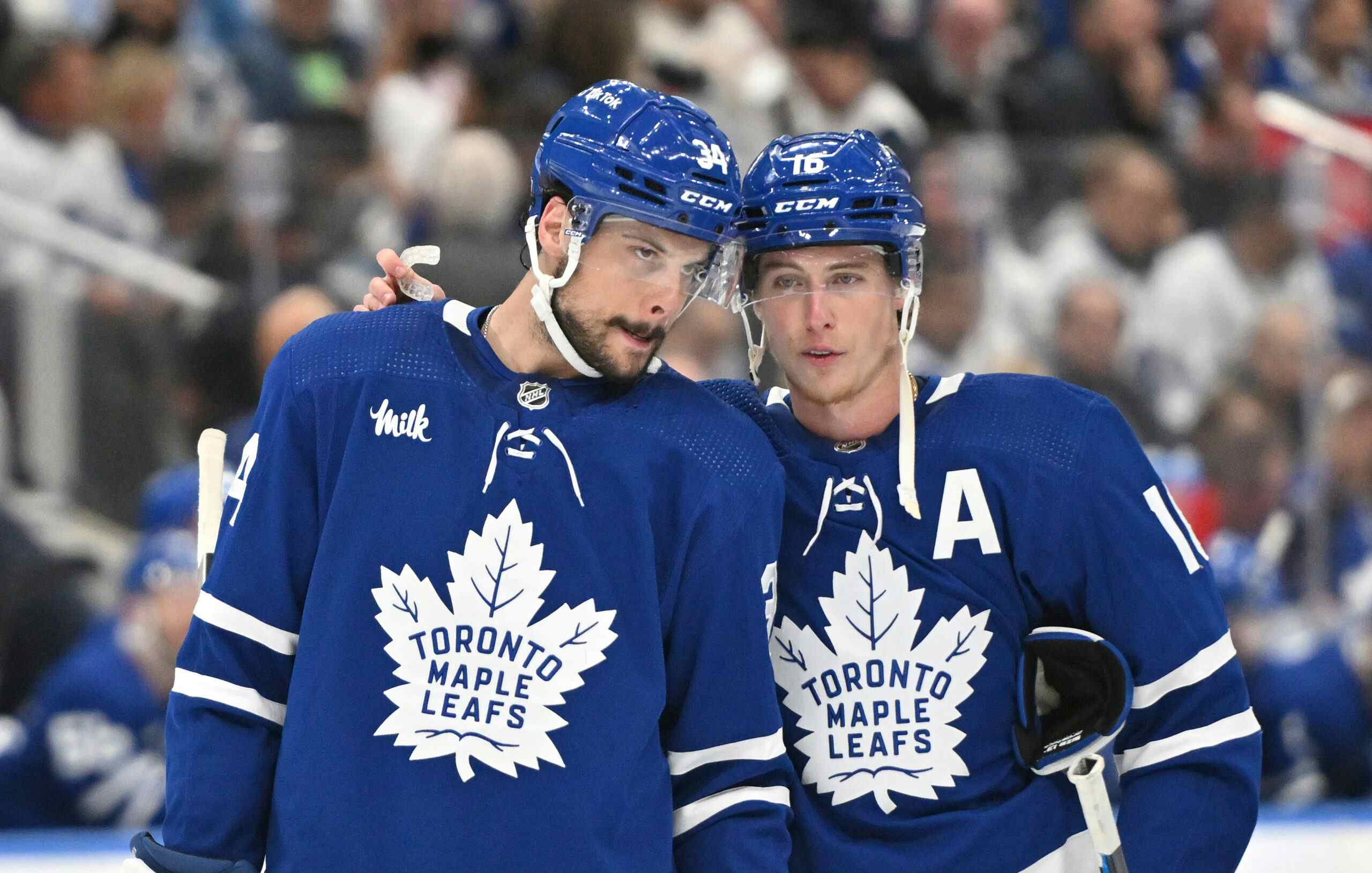TLN Monday Mailbag: October 24th

I had a lead paragraph to open this mailbag with, but I lost it.
@bourney20 asked: Why don’t you believe that faceoffs matter while being shorthanded in the defensive zone?
I won’t nerd out too hard here; to be honest, figuring out the true value of a defensive zone faceoff on the penalty kill would be above my skillset and brain power. But let’s talk about the concept a little bit, at least.
The average NHL team look approximately 187 defensive zone faceoffs last year at 4-on-5 with an average of 441.83 minutes down that one man. This gives you about a defensive zone draw every two minutes, or… one per penalty kill. Let’s say an elite faceoff person is a 55% player on the draw, compared to a 50% player. That extra 5% of ability means that he’s going to win you approximately one extra defensive zone faceoff every twenty penalty kills.
Seem low? Yes, but not in the “bad estimate” way; you’re just not getting that much out of the average-to-elite jump. Does that win prevent many goals? Probably not: the team on the kill will likely dump a clean defensive zone faceoff win into the other end. Let’s say that buys you 24 seconds: 12 to retrieve and skate it back, and another 12 to set it up. That’s 20% of a penalty kill; over the course of an average season, that saves you about four goals. That’s with overestimating the reset time, and assuming that every single faceoff win includes a successful stretch of time wasting. You could probably get those four (likely fewer) goals back by playing your fastest centre who can get into a shooting lane and/or skate the puck out.
Look at the Leafs/Jets equalizer the other night; people point to that as the reason why a faceoff specialist is needed, but Zach Hyman actually won that draw; Connor Carrick failed to clear the zone.
A look at the top faceoff teams on the penalty kill last year shows no absolute correlation with preventing shots. Arizona led the league in 4v5 FO% (53.2) and were middle of the pack in preventing shots on the PK. Nashville and New Jersey were 3rd and 4th in fewest attempts against but were both at just 43%. Vancouver had the sixth best 4v5 defence while winning just 39% of their draws!
Only two teams last year had a 50%+ faceoff percentage on the penalty kill, Arizona and Anaheim. The truth is, any team on the powerplay will use the extra man to win most tie-up situations; trying to cheat the rules and get ahead is hard enough as it is, but once you’re there, it doesn’t give you enough meaningful possession to be worth it.
@Jsports_47: Should Connor Brown get a shot in a bigger role than his current one? Over say, Michalek or Komarov?
It looks like the Leafs decided that today by waiving Michalek, and the answer is absolutely yes. Brown has proven himself to be a capable offensive player since his later years in junior, and there’s no reason to think that skill won’t translate. Whether Kadri and Komarov will be the perfect fits for him remain to be seen, but getting onto a line more focused on scoring will do him a world of good.
@StephenSwales17 asked: Kerby Rychel has been getting some good looks for the Marlies. Ignoring the Leafs’ logjam up front, how close is he to the NHL?
It’s a bit early to say based entirely off of his Marlies resume, though he did impress on Sunday night. His prior play with Lake Erie does suggest that he’d be capable of contributing in an offensive role, though the Blue Jackets never gave him much of a chance to do it. A team without depth could probably be experimenting him on a winger-short second line or meaningful third line, but it might take some time for him to leapfrog others here.
@JamesMGoodman asked: With so many contracts coming off the books in 2017, is the team far enough along to sign a big name defenceman along the lines of Brent Burns or Kevin Shattenkirk?
Adding a player of that caliber is certainly what the Leafs would like to do, though I imagine they’d like to look younger if they could. A veteran free agent would certainly take away the need to give up an asset, but if you’re looking at this team as a sustainable eventual contender with a huge prospect pool, then perhaps it makes more sense to move prospects for a better young player than it does to over commit to a late 20’s, early 30’s piece.
With that said, if a player like the above two decides that they want to hop onto the hype train for a year or two, I’d be all ears.
Recent articles from Jeff Veillette





